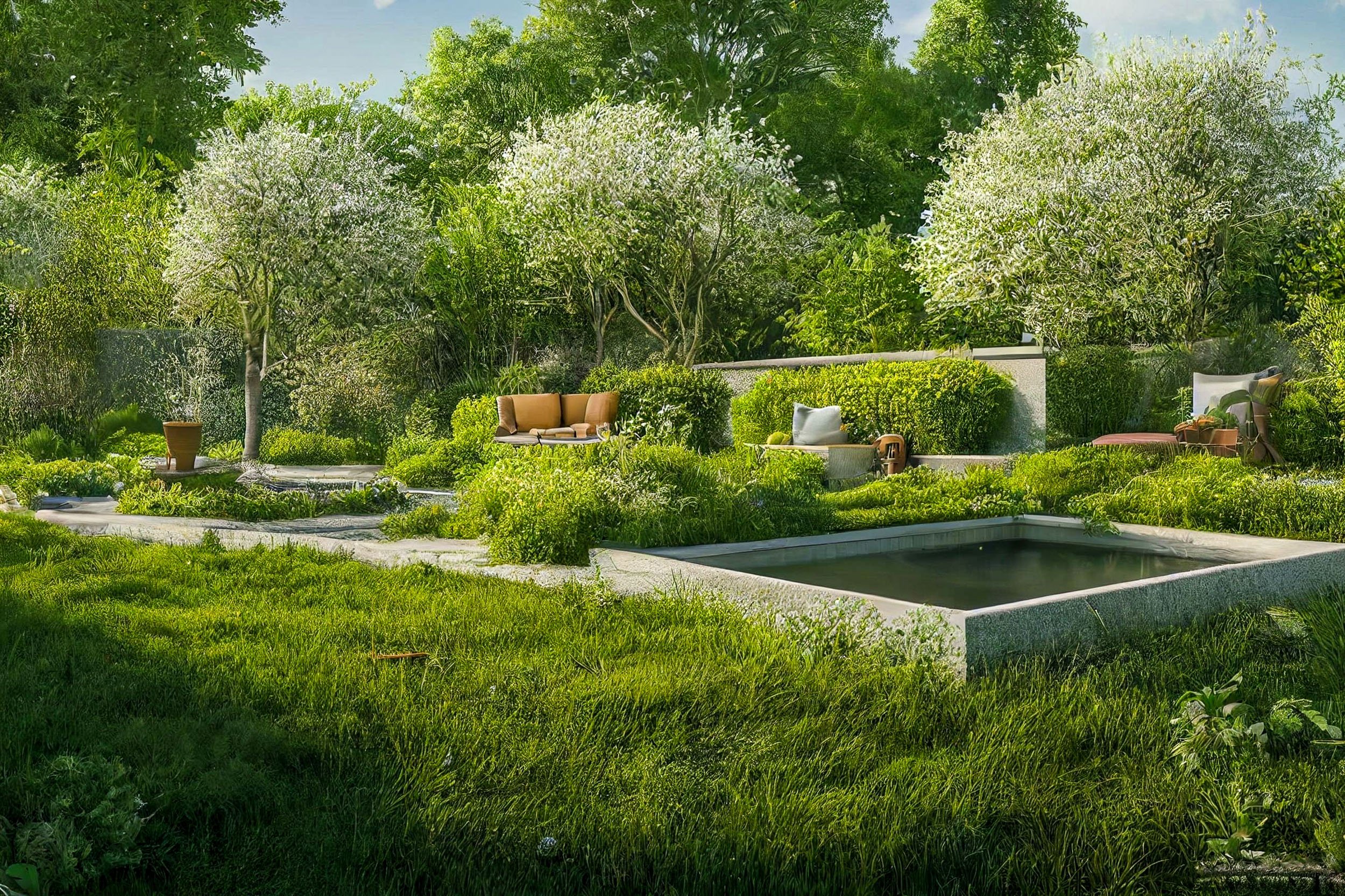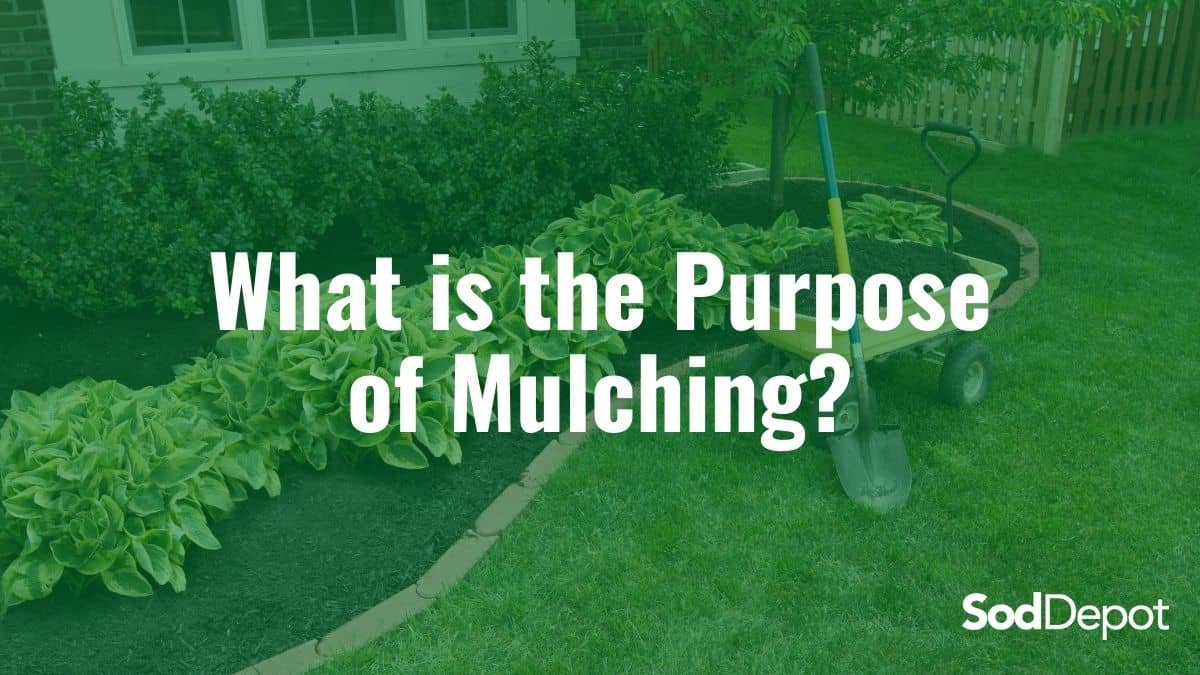The 5-Minute Rule for Hilton Head Landscapes
The 5-Minute Rule for Hilton Head Landscapes
Blog Article
Hilton Head Landscapes Can Be Fun For Anyone
Table of ContentsThe 4-Minute Rule for Hilton Head LandscapesHilton Head Landscapes for BeginnersHow Hilton Head Landscapes can Save You Time, Stress, and Money.Little Known Facts About Hilton Head Landscapes.The Single Strategy To Use For Hilton Head LandscapesWhat Does Hilton Head Landscapes Mean?The Best Guide To Hilton Head LandscapesWhat Does Hilton Head Landscapes Do?
Kind compatibility is also a major part of unity in designone or two strikingly different types benefit comparison and focus, but normally all other types ought to have some similarities for a merged look. Texture refers to how coarse or fine the surface of the plant or hardscape product really feels and/or looks.
Examples of plants with coarse texture consist of philodendrons, agaves, bromeliads, hollies, palms, and hydrangeas. Characteristics that develop great texture include tiny foliage; slim, strappy fallen leaves (turfs) or high, thin stems; little, dense branches and small branches; long stems (creeping plants); and little, delicate flowers.
The 8-Minute Rule for Hilton Head Landscapes
A lot of plants are moderate structure, because they can not be called having either rugged or great texture. They are identified by medium-sized fallen leaves with easy forms and smooth sides. The average-sized branches are not largely spaced nor commonly spaced, and the general kind is generally rounded or mounding. Medium-textured plants function as a history to web link and combine the rugged- and fine-textured plants.

To make a room feel smaller, place the crude textures along the external border and the fine textures closest to the viewer. The detail of the rugged appearance makes the plants appear closer and makes the area really feel smaller. The perceived structure of plants can likewise alter with the range from the plant.
The 3-Minute Rule for Hilton Head Landscapes
Vibrant colors boost the contrast and make the structure appear coarser, while muted colors can squash appearance. Hardscape with a rugged texturesuch as really harsh rocks and strong, large timberstends to make all plant material show up extra moderate textured. Designers often create a texture research (Number 8) on paper to help choose the arrangement of plant products.
Color in plant material and hardscape includes interest and selection to the landscape. Shade is the most noticeable component in the landscape and is normally the emphasis of the majority of property owners; however, it is additionally the most short-lived aspect, generally lasting just a couple of weeks a year for individual plants.
The 9-Minute Rule for Hilton Head Landscapes
A simple description of the shade wheel consists of the 3 primaries of red, blue, and yellow; the three additional shades (a mix of 2 primaries) of green, orange, and violet; and six tertiary colors (a mix of one nearby key and secondary color), such as red-orange. Color theory clarifies the relationship of colors to each various other and just how they need to be utilized in a composition.

Similar (in some cases called unified) color systems are any three to 5 shades that are surrounding on the color wheel, such as red, red-orange, orange, yellow-orange, and yellow, or blue, blue-violet, and violet (Landscapers near me). The shades belong to each various other due to the fact that they usually consist of 2 primaries mixed to develop a second and two tertiary colors, which implies they share common homes
They tend to have high comparison in between them. One of the most typical collections are violet and yellow, red and environment-friendly, and blue and orange. Complementary shades are typically located normally in blossoms; an usual set is yellow and violet. Shade is located in the blossoms, vegetation, bark, and fruit of plants.
What Does Hilton Head Landscapes Mean?
Environment-friendly foliage in all its different shades is the leading color by quantity, yet various other colors record focus quicker due to their high contrast to the color environment-friendly. Color is additionally located in buildings, rocks, pavers, timber, and furnishings. A lot of colors in all-natural materials, such as rock and wood, are normally muted and have a tendency to be variations of brownish, tan, and pale yellow.
Shades have buildings that can affect emotions, spatial perception, light high quality, balance, and emphasis. Cool shades tend to be soothing and must be utilized in areas for relaxation and peacefulness.
A Biased View of Hilton Head Landscapes
The "temperature level" of colors can also impact the assumption of distance. Amazing colors often tend to recede and are perceived as being further away, making a room feel larger. Cozy shades have a tendency to advancement and are viewed as being more detailed, making a space feel smaller. Color can also be utilized to record focus and straight views.
Brilliant yellow, which has the greatest intensity, additionally has a high comparison with all other colors (usually defined as a "pop" of color) and need to be made use of sparingly. A percentage of intense color has as much aesthetic weight as a huge quantity of a more subdued or weak shade.
Analogous (occasionally called harmonious) color design are any 3 to 5 shades that are nearby on the shade wheel, such as red, red-orange, orange, yellow-orange, and yellow, or blue, blue-violet, and violet. The shades belong per other because they generally consist of 2 primaries blended to develop a secondary and two tertiary colors, which indicates they share typical buildings.
Some Ideas on Hilton Head Landscapes You Need To Know
They often tend to have high contrast between them. The most common collections are violet and yellow, red and green, and blue and orange. Complementary colors are commonly discovered normally in blossoms; an usual set is yellow and violet. Shade is located in the blossoms, vegetation, bark, and fruit of plants.
Environment-friendly vegetation in all its various tones is the leading color by amount, yet other colors capture interest a lot more easily as a result of their high contrast to the shade green - landscapers in bluffton sc - https://www.tumblr.com/h1tnhdlndscps/754928253939187712/family-owned-and-operated-hilton-head-landscapes?source=share. Shade is additionally located in buildings, rocks, pavers, wood, and furnishings. The majority of colors in natural materials, such as rock and wood, are normally low-key and often tend to be variations of brown, tan, and pale yellow
Hilton Head Landscapes Fundamentals Explained
Shade is an essential aspect for creating interest and variety in the landscape. Colors have residential properties that can affect feelings, spatial assumption, light high quality, balance, and focus. One residential or commercial property of color is explained relative to temperaturecolors seem amazing or warm and can impact emotions or feelings. Trendy colors tend to be relaxing and ought to be made use of in locations for relaxation and peacefulness.
Awesome shades tend to recede and are viewed as being further away, making a space really feel larger. Color can additionally be made use of to capture interest and direct sights - https://www.figma.com/design/CqNShAPJ75DpMEeGt0LfQR/Untitled?t=lZt5bM9P0avBSZvk-1.
For instance, bright yellow, which has the highest intensity, additionally has a high contrast with all other shades (often defined as a "pop" of visit their website color) and should be conserved. A percentage of intense color has as much visual weight as a large quantity of a more controlled or weaker shade.
Report this page